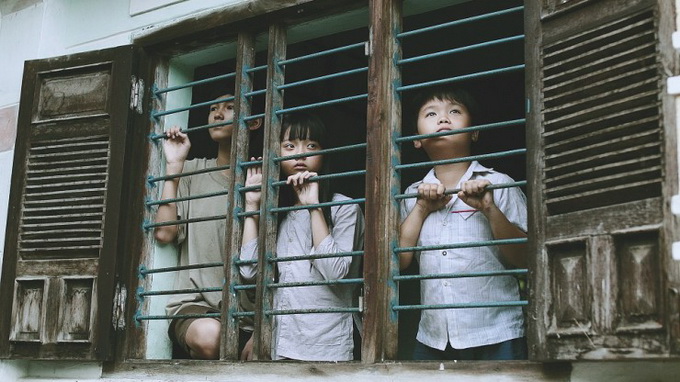Even as Vietnam’s film industry continues to experience remarkable growth, underfunded state-owned cinemas thoughout the country struggle to keep their doors open.
The film industry has boomed in Vietnam in recent years, with 2012 seeing an astounding 614 percent growth rate in ticket sales, higher than any other market at the time, according to U.S.-based entertainment magazine The Hollywood Reporter.
South Korea-based CJ Entertainment, which owns 32 cineplexes in Vietnam under the name CGV, estimates that total box office sales in the country in 2015 were around US$105 million, a 26.5 percent rise on the previous year’s numbers.
As private cinemas open every year across the country, state-owned movie theaters are falling well behind in the race for their fair share of the market.
The vicious cycle
State-owned cinemas in Vietnam fall under the management of provincial Centers for Film Distribution and Cinemas (CFDC), which gathered for a two-day conference in Hanoi and Ho Chi Minh City last week to address the existing problems with their sites and seek solutions.
According to statistics provided by the Vietnam Cinema Department at the conference, there are currently 58 state-run cinemas in Vietnam with a total of 103 screening rooms.
As participants of the conference pointed out, most of the 58 state-owned movie theaters in Vietnam are of substandard quality and in rundown condition, with many lacking essential equipment for a cinema, such as air-conditioning systems or even up-to-date film projectors.
Bui The Lam, director at Hai Phong Province CFDC, said all three cinemas in the province are in decay and have to remain closed during the day due to the lack of customers.
Meanwhile, on their best nights, the two public cinemas in northern Yen Bai Province welcome between 20 and 30 customers out of an 850-seat capacity.
Most public movie theaters are still using the old 35 mm projectors, which are almost obsolete in modern filmmaking, while some cinemas are better equipped with HD-quality digital projectors.
Film producers, however, are reluctant to screen their movies using these projectors, for the lack of encryptability can lead to copyright issues.
These cinemas have been drawn into a vicious cycle caused by a lack of funding, leading to outdated cinemas, no customers, and ultimately to no money.
While the domestic market earned $105 million in ticket sales during 2015, one state-owned cinema in Hung Yen Province in northern Vietnam made a humble VND45 million ($2000) in the first quarter of this year.
Light at the end of the tunnel
While most state-owned cinemas in Vietnam are struggling to escape the cycle, the National Cinema Center (NCC) in Hanoi has been thriving since its reform in 2008, making VND150 billion ($6.7 million) in revenue last year.
In 2008, NCC was as rundown as any other public theater in the country, with 35 mm film projectors and outdated equipment far inferior to other private sites at the time.
Realizing the need for reform, the management board of NCC decided to invite private businesses to cooperate in giving the venue a new look, which resulted in a doubling of the number of cinemagoers after only one year.
After seven years and VND85 billion ($3.8 million) spent renovating the place, nearly 85 percent of which was privately funded, its revenue has increased ten-fold.
“This is a model that should be replicated on a national scale,” Ngo Phuong Lan, head of the Vietnam Cinema Department, said at the conference, stressing how provincial cinemas should not sit and wait for governmental funds but actively seek changes for themselves.
Like us on Facebook or follow us on Twitter to get the latest news about Vietnam!



















































